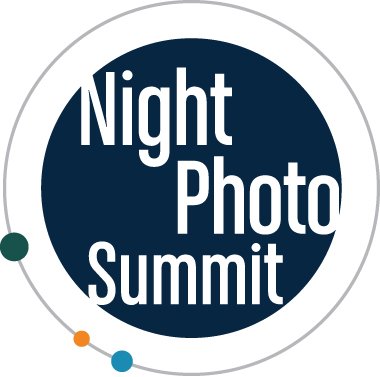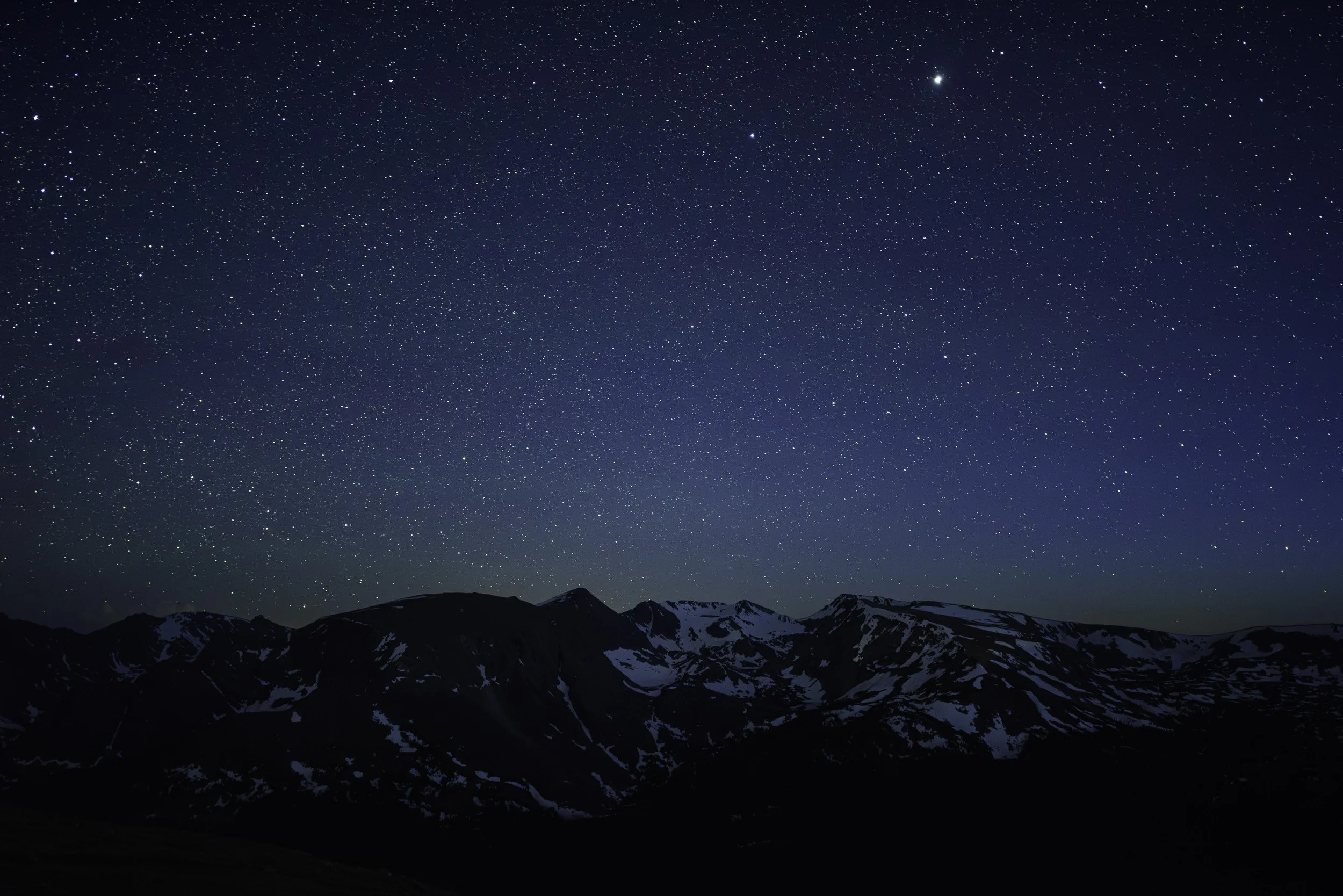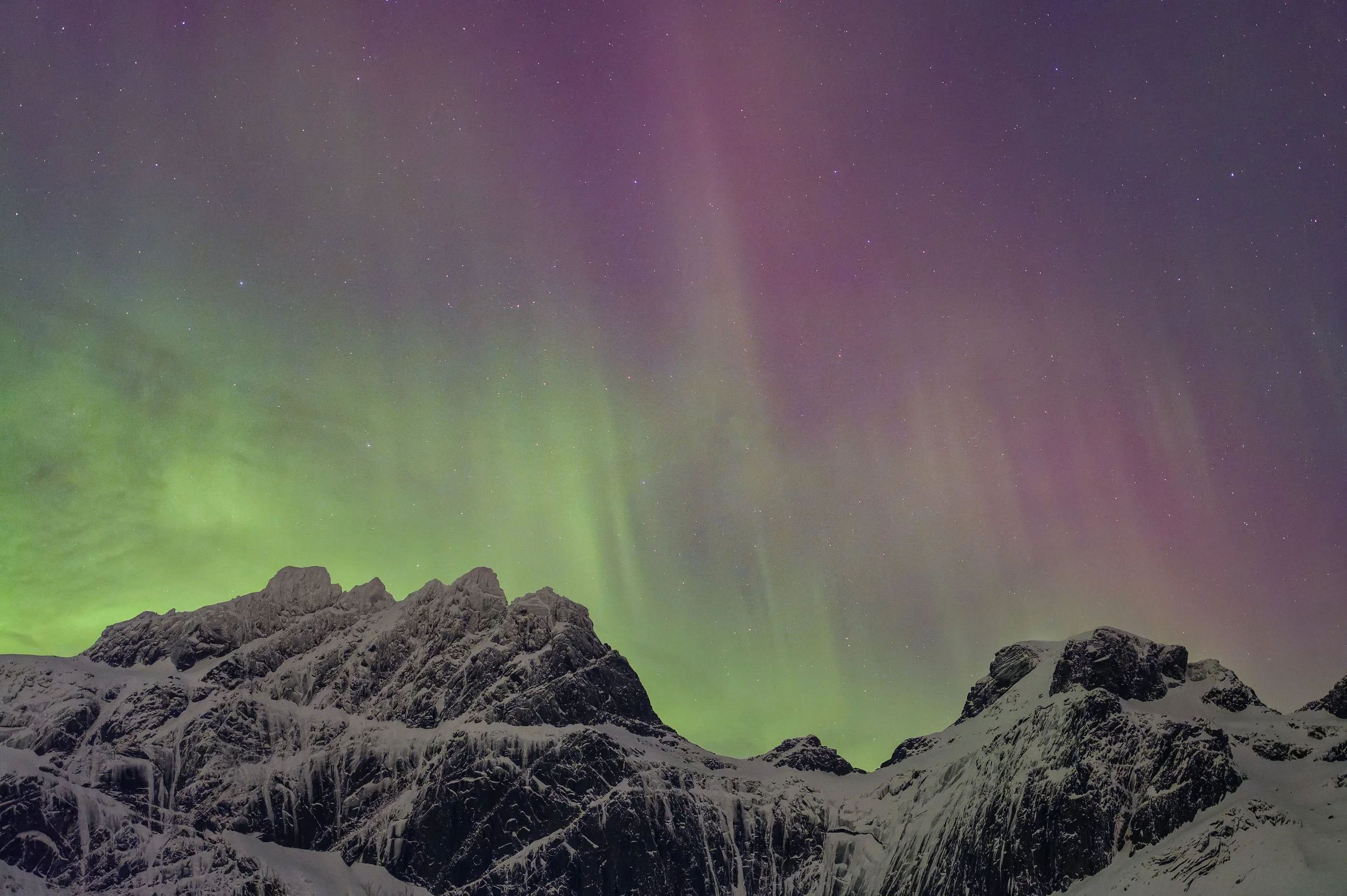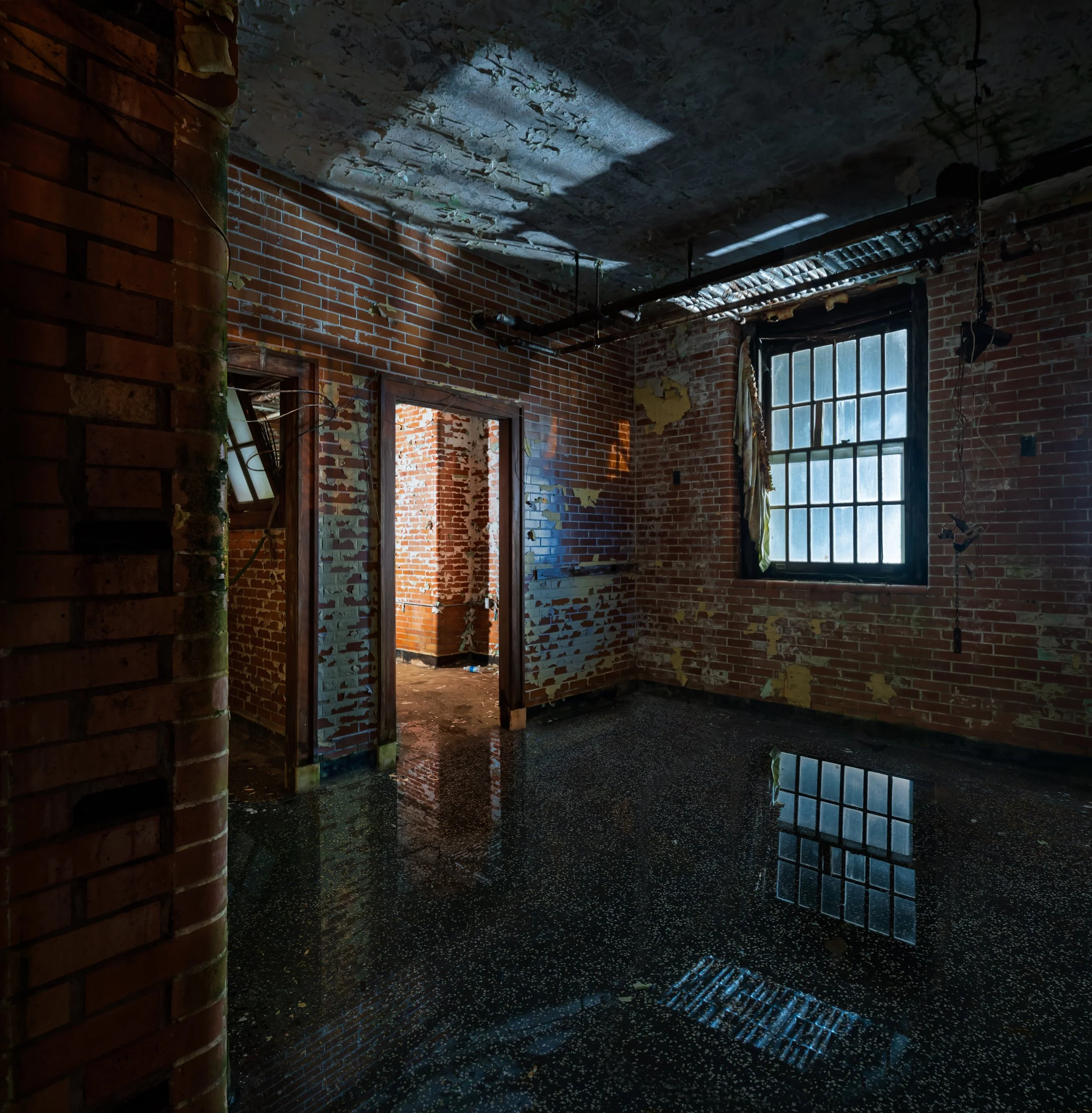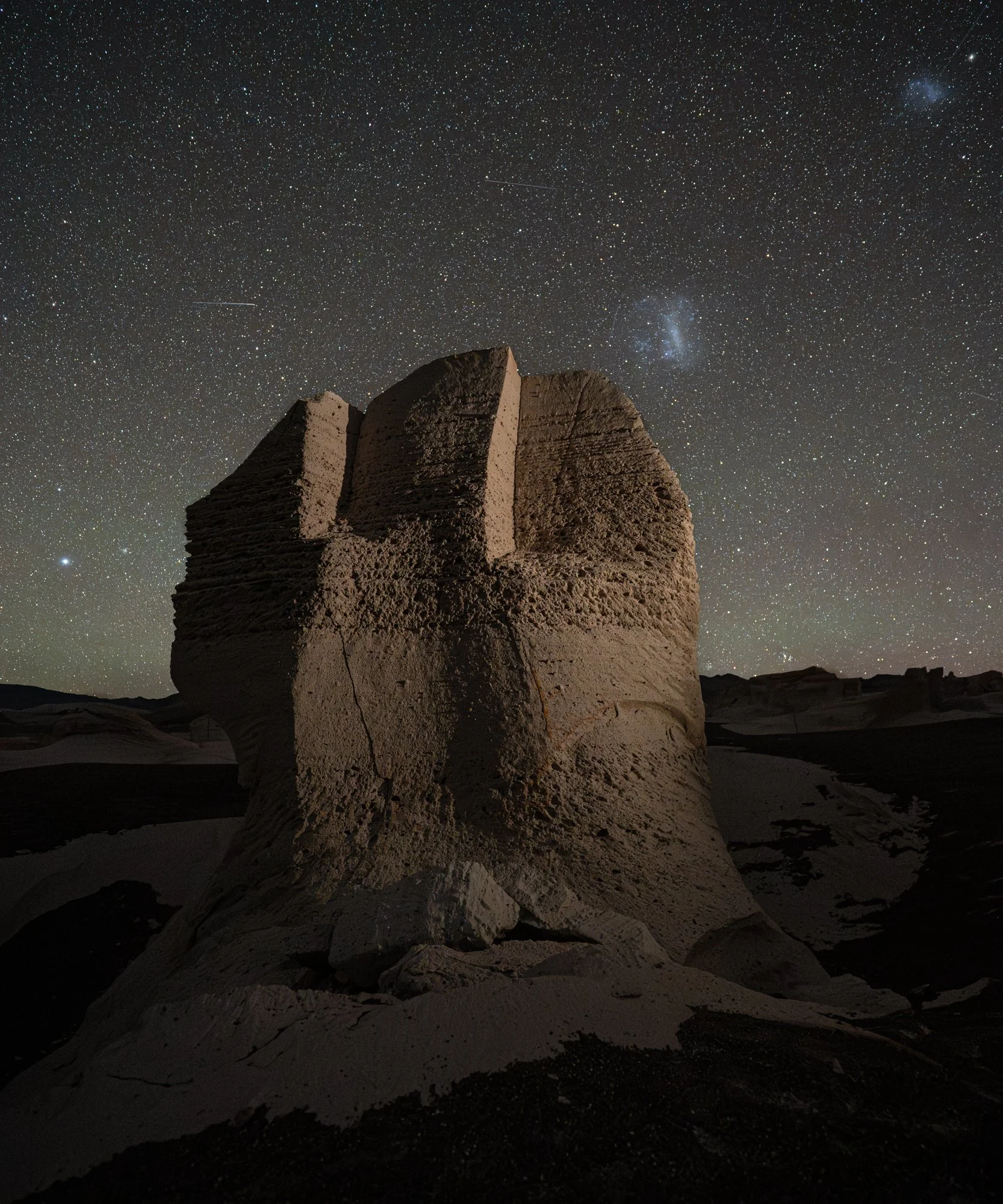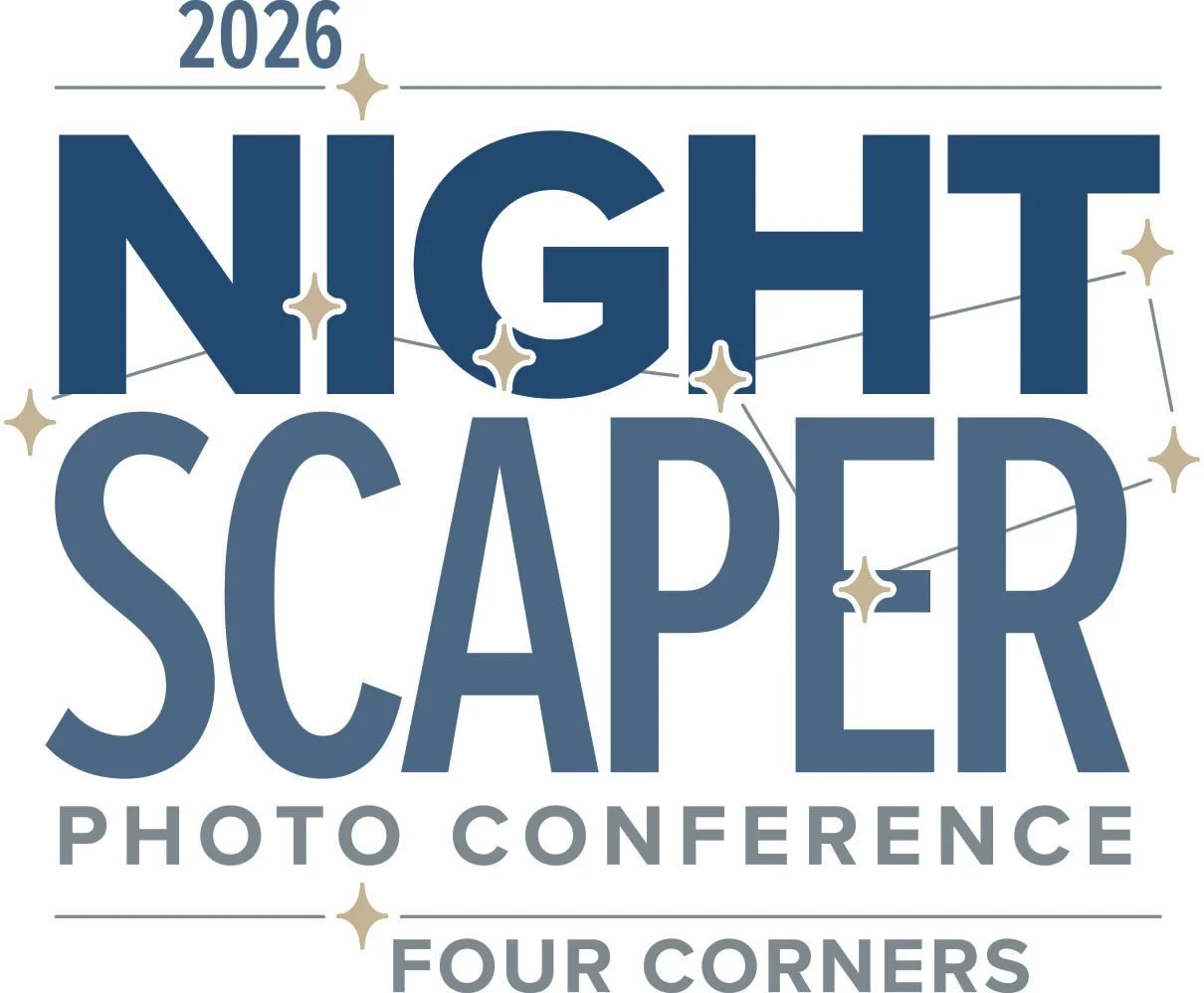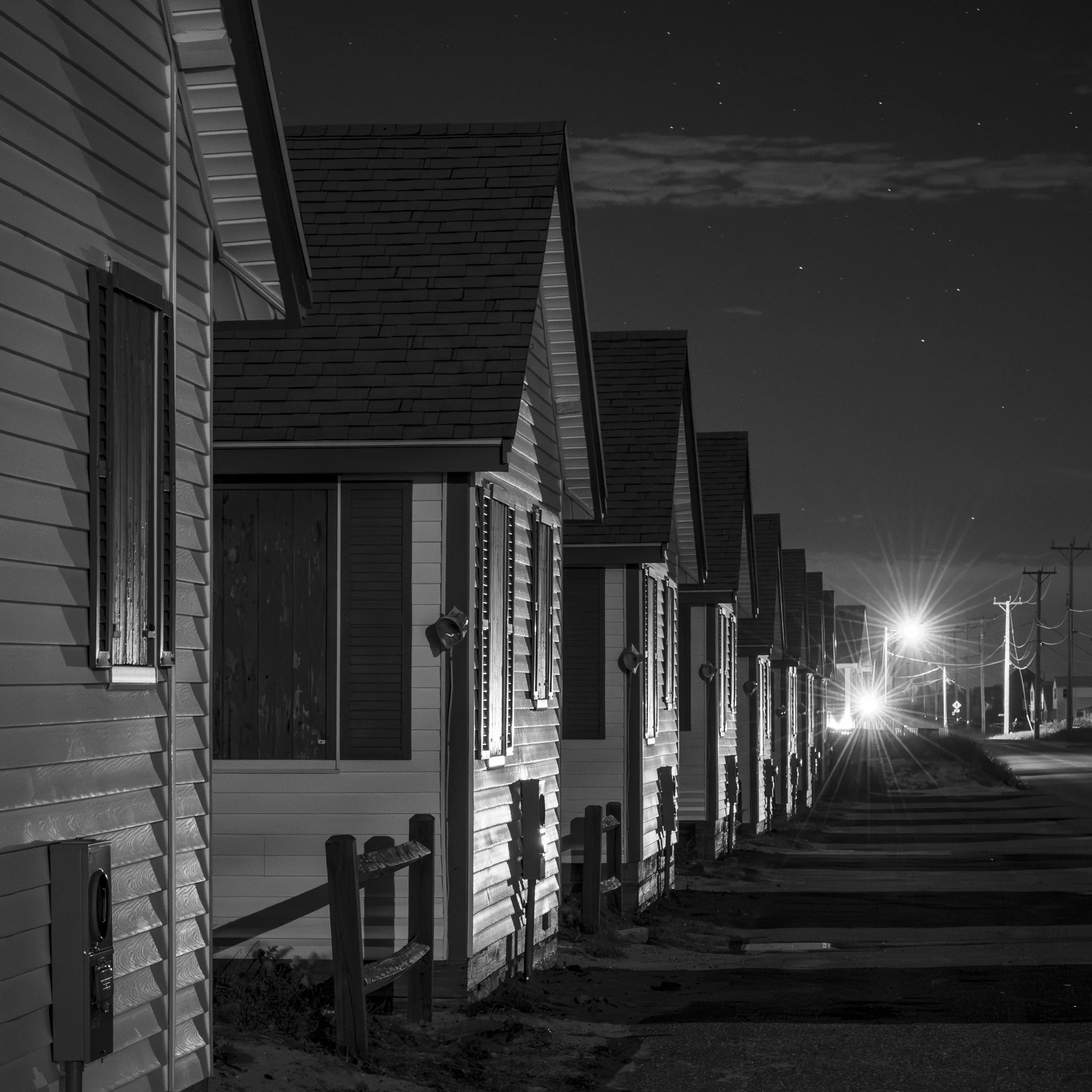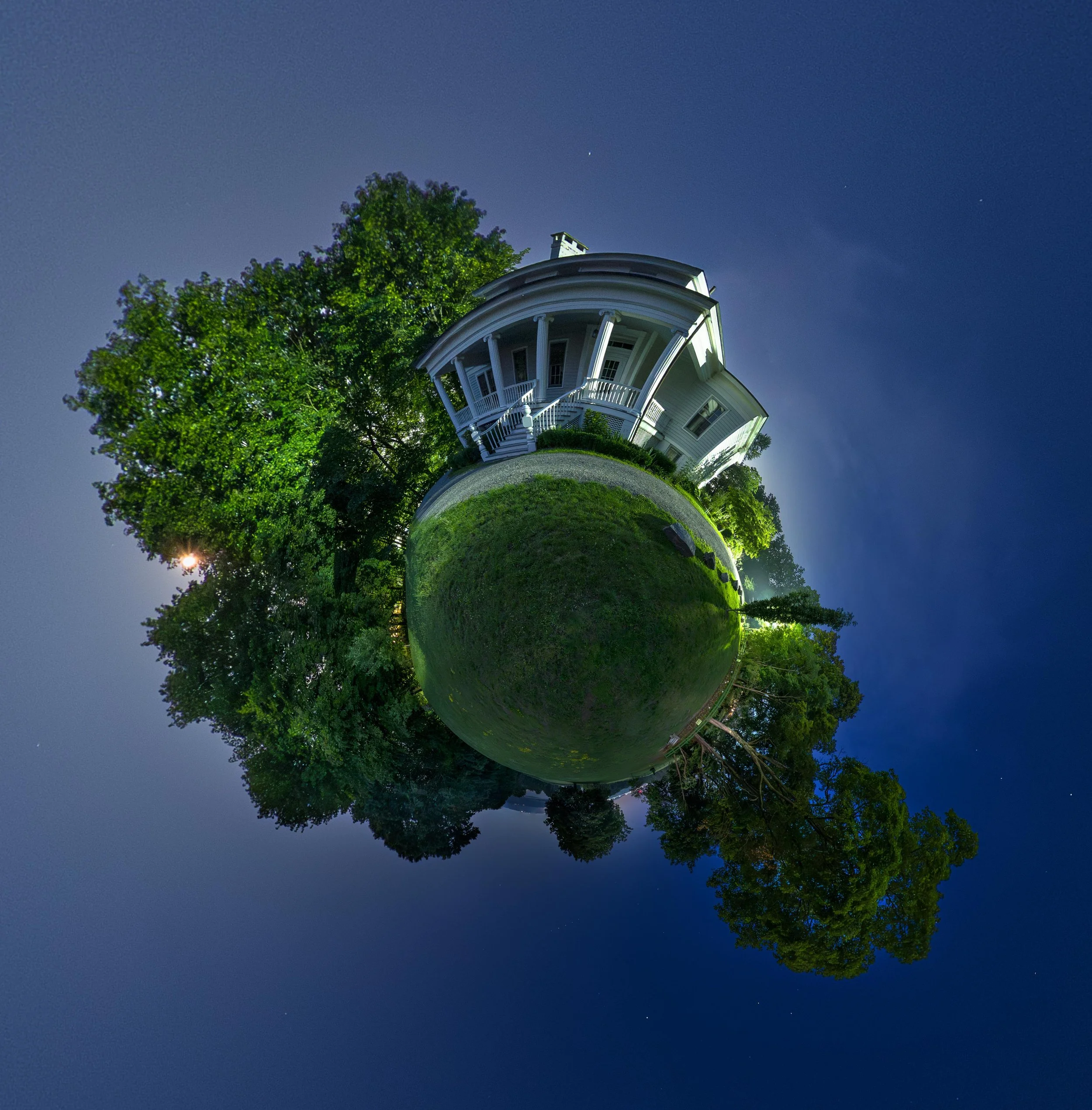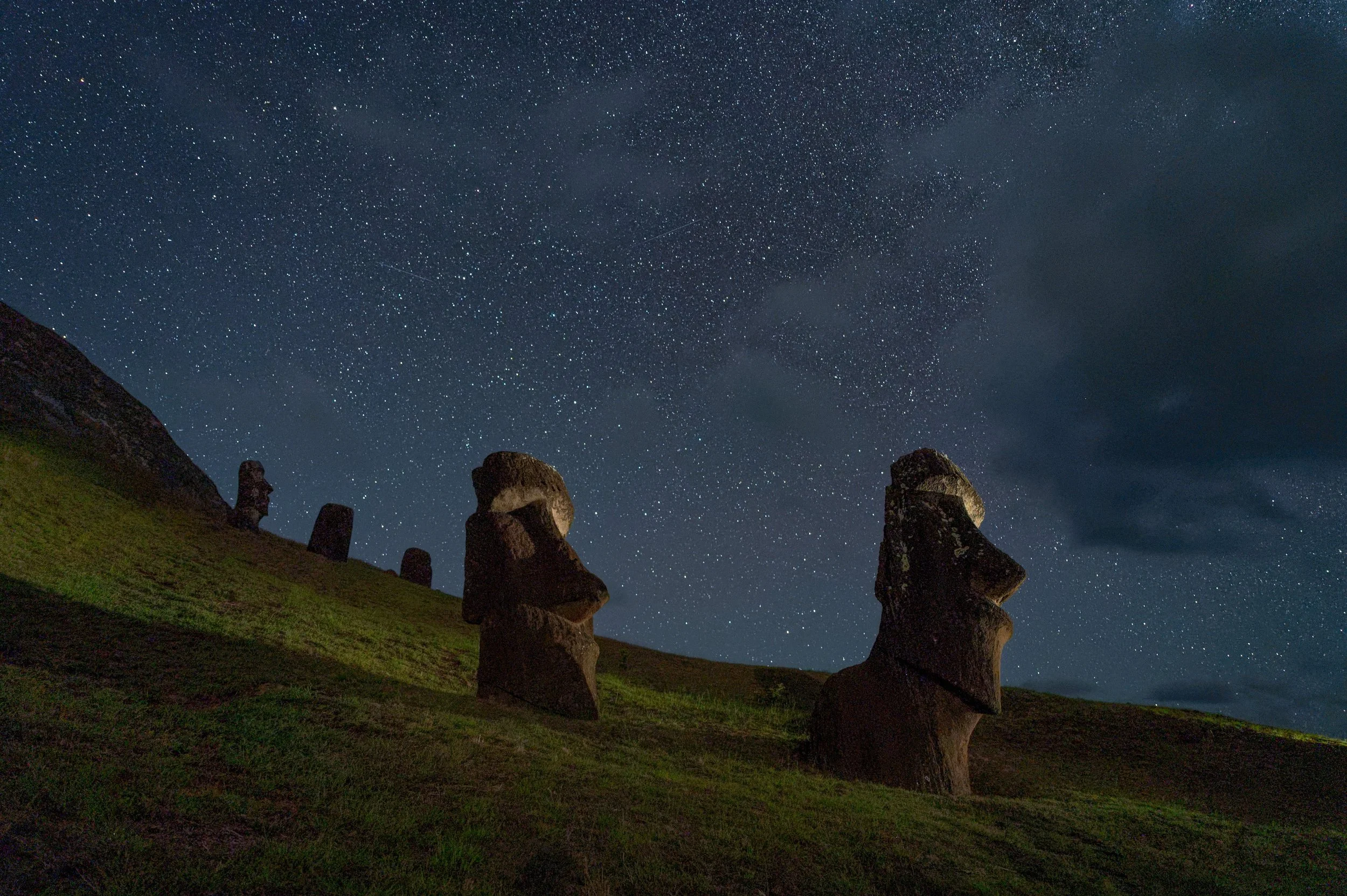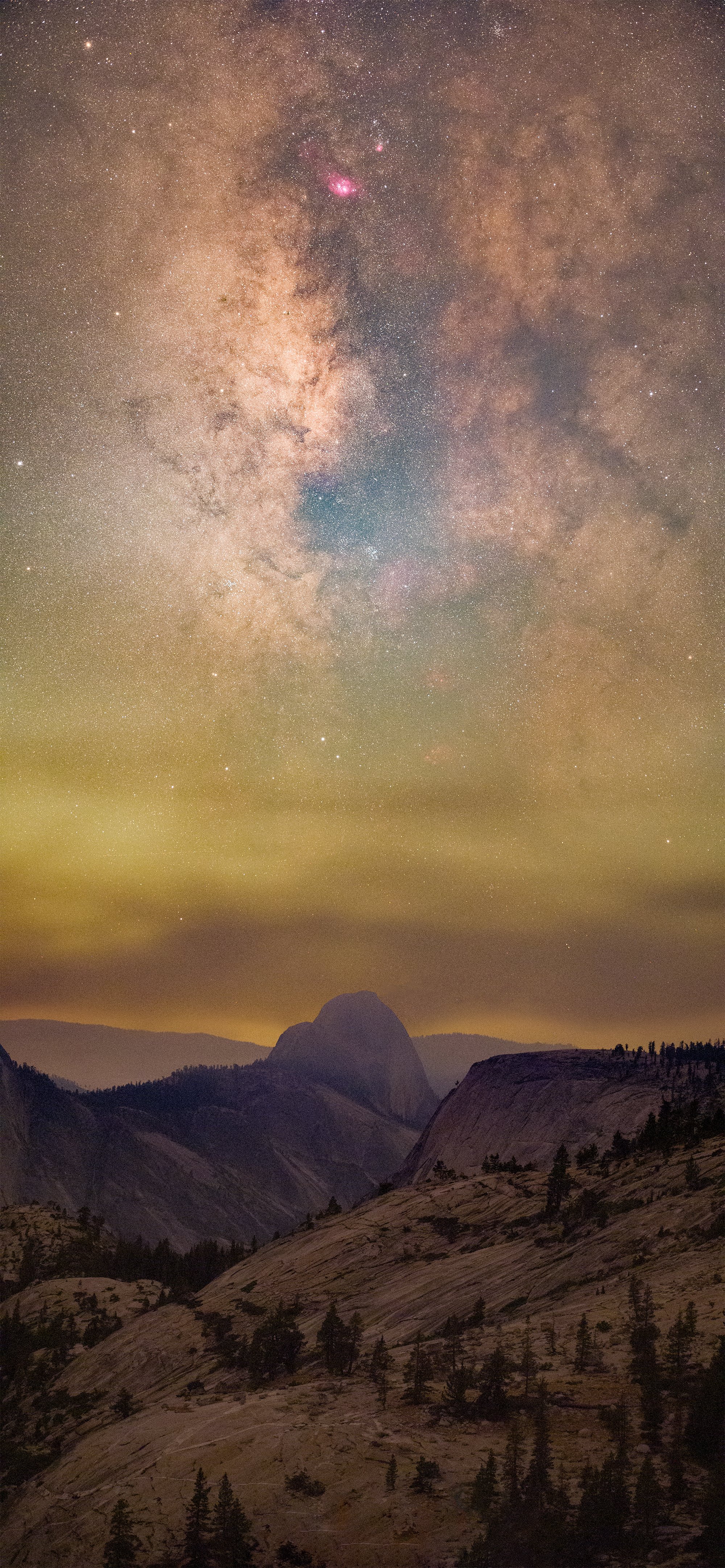Science makes much predictable, but sometimes the universe still surprises us. It did so again this week, as the strongest solar storm in over half a decade slammed into our planet, creating amazing displays of auroras that extended halfway down the Northern Hemisphere.
The phenomenon started early in the week, when a coronal hole 20 times wider than Earth appeared on the face of the sun. The resulting solar winds were directed right at us, and soon aurora forecasts were sending the Kp index through the atmosphere.
Even before that, reports of Northern Lights were reverberating throughout the night photography world. Over the past 10 days we’ve seen posts on Instagram and Facebook, and received photos and questions from our friends and workshop alums.
Better still, we happened to be running two international night photography tours at the time, both in places perfect for viewing auroras: Iceland’s south coast and Norway’s Lofoten Islands. Both locations provided front-row seats to the most inspiring northern lights show we’ve seen in years.
Below are some of the images we’ve made over the past week and a half.
Vatnajokull National Park, Iceland. © 2023 Lance Keimig. Nikon D780 with a Tamron VR 15-30mm f/2.8 G lens. 6 frames shot at 13 seconds, f/4.5, ISO 5000, stitched in Adobe Lightroom.
Flakstadpollen, Norway. © 2023 Tim Cooper. Nikon Z6 II with a Nikon Z 14-24mm f/2.8 lens. 4 seconds, f/2.8, ISO 6400.
Iceberg in Vatnajokull National Park, Iceland. © 2023 Lance Keimig. Nikon D780 with a Tamron VR 15-30mm f/2.8 G lens, light painted with a Luxli Fiddle. Exposure 20 seconds, f/3.2, ISO 1600.
Nappskaret, Norway. © 2023 Tim Cooper. Nikon Z6 II with a Nikon Z 14-24mm f/2.8 lens. 2 seconds, f/2.8, ISO 6400.
Nappskaret, Norway. © 2023 Matt Hill. Nikon Z6 II with a Laowa 15mm f/2 lens. ISO 3200, f/2.8 and 2 seconds.
Lofoten Islands, Norway. © 2023 Matt Hill. Nikon Z6 II with a Laowa 12mm f/2.8 lens. 6 frames shot at 3 seconds, f/4, ISO 6400, stitched in PTGui.
Vatnajokull National Park, Iceland. © 2023 Chris Nicholson. Nikon D5 with a Nikon 14-24mm f/2.8 lens. 10 seconds, f/5.6, ISO 6400.
Aurora over Iceland. © 2023 Chris Nicholson. Nikon D5 with a Nikon D5 with a Nikon 14-24mm f/2.8 lens. 2.5 seconds, f/2.8, ISO 3200.
More Information
Want to learn more about this solar storm? Check out:
Live Science: “Enormous 'Hole' in the Sun's Atmosphere will Trigger Stunning Auroras Friday”
IFLScience: “Massive Hole in Sun's Atmosphere Cracked Open and Auroras are Coming”
Space.com: “Strongest Solar Storm in Nearly 6 Years Slams into Earth Catching Forecasters by Surprise”
Want to learn more about photographing auroras? Check out our blog posts:
“Capturing Clouds of Light: How to Photograph the Aurora Borealis”
“Northern Exposure: 8 Illuminating tips for Photographing Auroras”
“Five Questions: Aurora Noise, Portable Stools, Moving Lightroom and More”
“Five Questions: Light Painting Headlights, Moonrises and Sunsets, Auroras and More”
Your Turn
Have you been out photographing the auroras this week? We’d love to see your images! Share in the comments below, or on our Facebook page, or on Instagram (tag us @nationalparksatnight #nationalparksatnight #seizethenight).
And by the way, the show isn’t over. Auroras are continuing to dazzle dark-roaming photographers. So get out there and seize the night!









